Phugtal Monastery
Phuktal Monastery or Phuktal Gompa (often transliterated as Phugtal) is a Buddhist monastery located in the remote Lungnak Valley in south-eastern Zanskar, in the Himalayan region of Ladakh, in Northern India. It is 52 km southeast of Padum on Nimmu–Padum–Darcha road (NPDR). Solar power was installed at the Phugtal monastery in 2016.
Until 2023 before NPDR was built, it was one of the only Buddhist monasteries in Ladakh that could still be reached only by foot. Supplies to the monastery were brought on horses, donkeys, and mules in the warmer months, and in the frozen winters, they were transported through the frozen Zanskar River. Before the road was built, it was a day's walk from Village Cha or Village Khangsaar, the end of the road leading from Padum.
 Old rooms inside the cave
Old rooms inside the caveThe Phuktal Monastery is built around a natural cave, which is believed to have been visited by numerous sages, scholars, translators, and monks around 2,550 years ago. The remote location of the monastery was ideal for monks looking for peace and solitude to meditate. The present Phuktal Gompa, of the Gelug school of Tibetan Buddhism, was established in the early 15th century by Jangsem Sherap Zangpo, a disciple of Je Tsongkhapa. Tsongkhapa was the founder of Gelug, which is one of the newest schools of Tibetan Buddhism.
 The monastery in 1991
The monastery in 1991Believed to be one of the earliest residents of the cave are the 16 Arhats, or the legendary followers of Buddha. The images of these 16 Arhats appear on the cave walls. The great scholars and translators Padmasambhava and Phakspa Nestan Dusdan are believed to have lived in the cave, and so is the great leader and translator Lama Marpa Lotsawa. In the 12th century, the Tibetan translator Zanskar Lotsawa Phagpa Sherab also lived and worked from Phuktal. The eminent scholars and brothers Dangsong, Pun, and Sum, who were believed to have the supernatural power of flight gave teachings on Dharma at Phuktal. When Jangsem Sherap Zangpo arrived at Phuktal, the three brothers bequeathed the holy site to him and departed. According to legend, the spiritually gifted Zangpo caused a spring to appear and run from the cave, a tree to grow on top of the cave and for the cave itself to grow larger in size. Then, under his guidance, the present structure of the monastery was built around the cave. It is built in the cliffside, like a honeycomb. The cliff is part of a lateral gorge of a major tributary of the Lungnak River (Lingti-Tsarap River). The monastery today houses a main temple, prayer rooms, a library with rare sacred texts, apartments and living quarters, teaching facilities, a kitchen, and of course, the original cave and the sacred spring, which is protected. It is home to about 70 monks.
There is a stone tablet which serves as a reminder of the stay of Alexander Csoma de Kőrös at Phuktal, while he worked on the first English-Tibetan dictionary between 1826 and 1827, when he explored Ladakh.
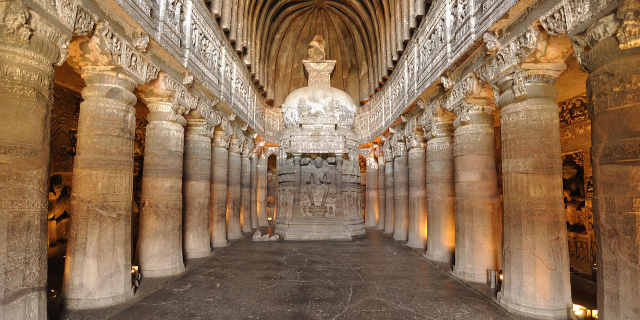

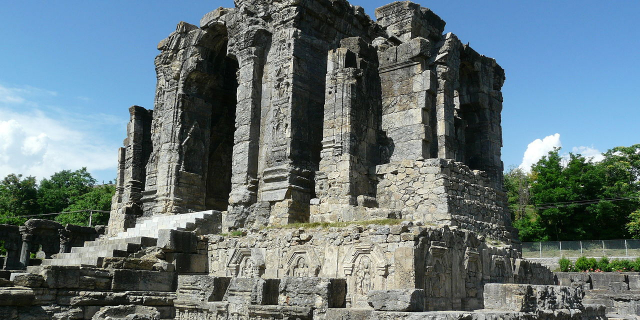


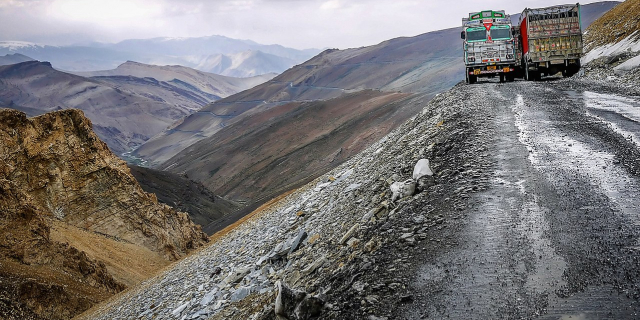







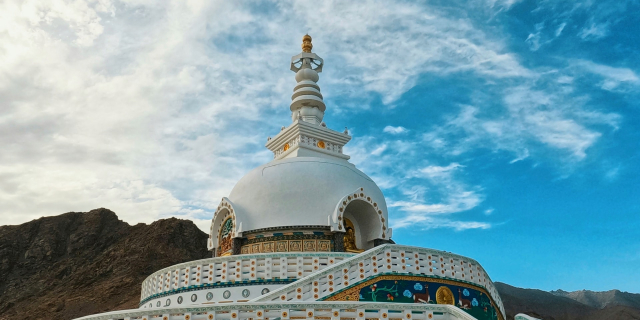

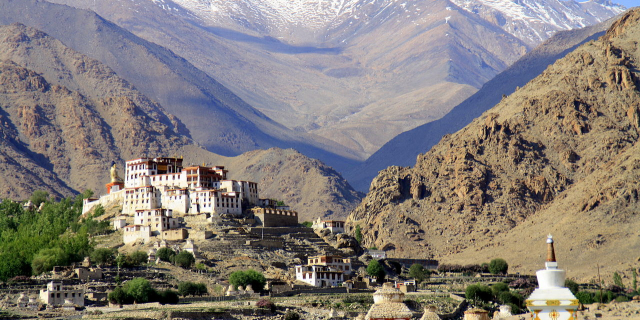

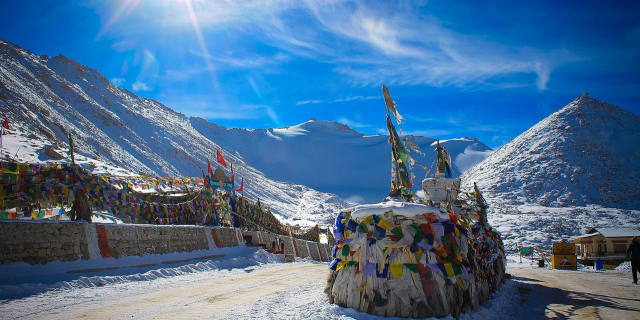




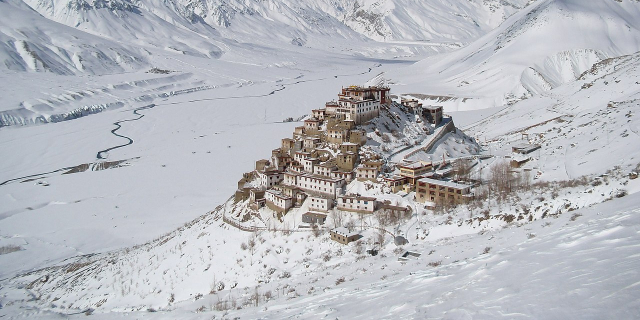


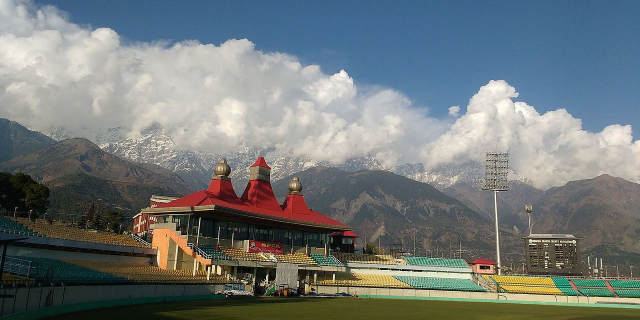

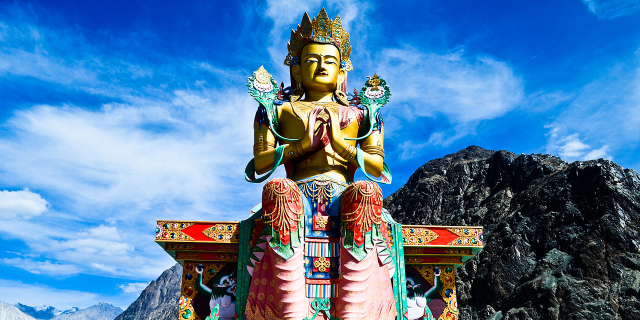
Add new comment